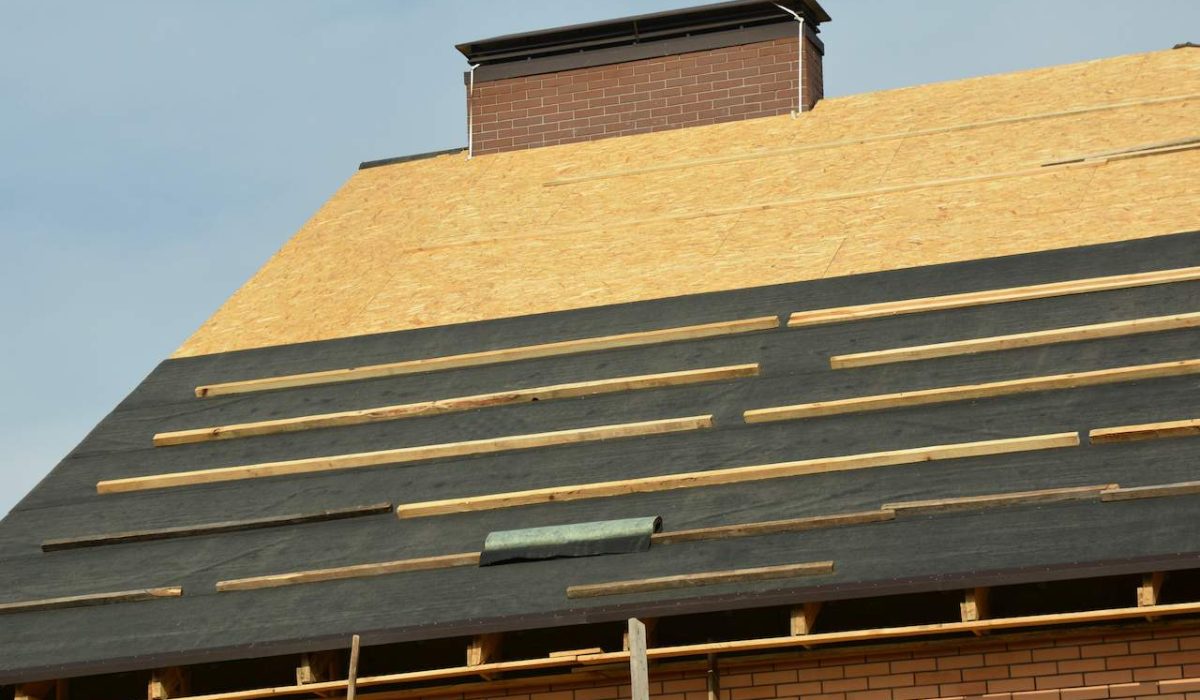How Roofing Underlayment Helps Protect Your Home From Damage
Roofing underlayment serves as a critical barrier that shields homes from water damage, wind-driven rain, and ice dams. Most homeowners don’t realize its importance until problems arise, which is why many local roofers emphasize proper underlayment installation during roof replacements or repairs. This often-overlooked component bolsters your roof’s strength and longevity by creating a watertight seal beneath the shingles. It prevents leaks, inhibits mold growth, and protects against structural decay—especially during severe weather events when primary roofing materials might fail. Understanding how underlayment functions can help you make informed decisions about your roof’s maintenance and protection system.
Importance of Roofing Underlayment
Roofing underlayment plays a vital role in safeguarding your home from potential damage. It functions as a protective barrier between the roof deck and roofing material, providing an additional defense layer against water infiltration, wind-driven rain, and ice dams. This component significantly enhances your roof’s weather resistance, ensuring long-term durability and performance. Proper installation prevents leaks, mold growth, and structural deterioration that could otherwise compromise your home’s integrity. Different underlayment types, such as synthetic and felt, offer varying protection and durability levels. Understanding underlayment’s role empowers homeowners to make informed decisions that enhance their home’s longevity and resilience.
Protection Against Water Damage
Roofing underlayment effectively shields your home from water damage by creating an essential secondary barrier beneath the shingles. When shingles become damaged or dislodged during severe weather, this underlayment prevents water from penetrating the roof deck and causing interior leaks or structural damage. By forming a watertight seal, underlayment particularly protects vulnerable roof areas like valleys and eaves where water tends to accumulate. Even during heavy rainfall or rapid snowmelt, this critical component ensures your home remains protected from water intrusion. The water-resistant properties of quality underlayment provide peace of mind knowing your home has multiple layers of defense against moisture-related problems.
Resistance to Ice Dams
Roofing underlayment provides crucial resistance to ice dams, further protecting your home during winter months. Ice dams form when roof snow melts and refreezes at the eaves, creating barriers that prevent proper drainage. This trapped water can infiltrate under shingles, damaging the roof structure and potentially causing interior leaks. Quality underlayment acts as a waterproof barrier, preventing water from reaching the roof deck even when ice dams develop. By selecting underlayment with superior water resistance properties, you minimize ice dam-related risks and extend your roof’s lifespan. Proper installation and maintenance of this protective layer are essential for maximum protection against winter’s challenging conditions.
Shielding From Wind-Driven Rain
Homes protected by durable roofing underlayment effectively withstand the damaging effects of wind-driven rain. This specialized barrier prevents water intrusion in conditions where normal rainfall becomes horizontal, forcing moisture into tiny vulnerabilities in the roofing system. High-quality underlayment fortifies roofs against this persistent threat by creating an additional defensive layer beneath the primary roofing materials. The underlayment complements the outer roof covering to establish a comprehensive shield against moisture infiltration. Selecting appropriate underlayment material and ensuring correct installation represent crucial steps in protecting your home from wind-driven rain damage. This protection proves particularly valuable during severe storms when primary roofing materials face their greatest challenges.
Enhancing Roof Longevity
Regular maintenance and inspections are essential for maximizing roof longevity. Routine checks help identify potential issues early, preventing minor problems from developing into significant structural concerns. Addressing small repairs promptly extends your roof’s lifespan while avoiding costly major repairs later. Ensuring the roofing underlayment remains in good condition provides an extra protection layer against moisture infiltration and related damage. This attention to your roof’s protective systems significantly contributes to its durability and performance over time. Proactive maintenance and careful attention to detail remain the key factors in maximizing your roof’s service life and safeguarding your home investment for years to come.
Related Topics:


2 Comments
Comments are closed.